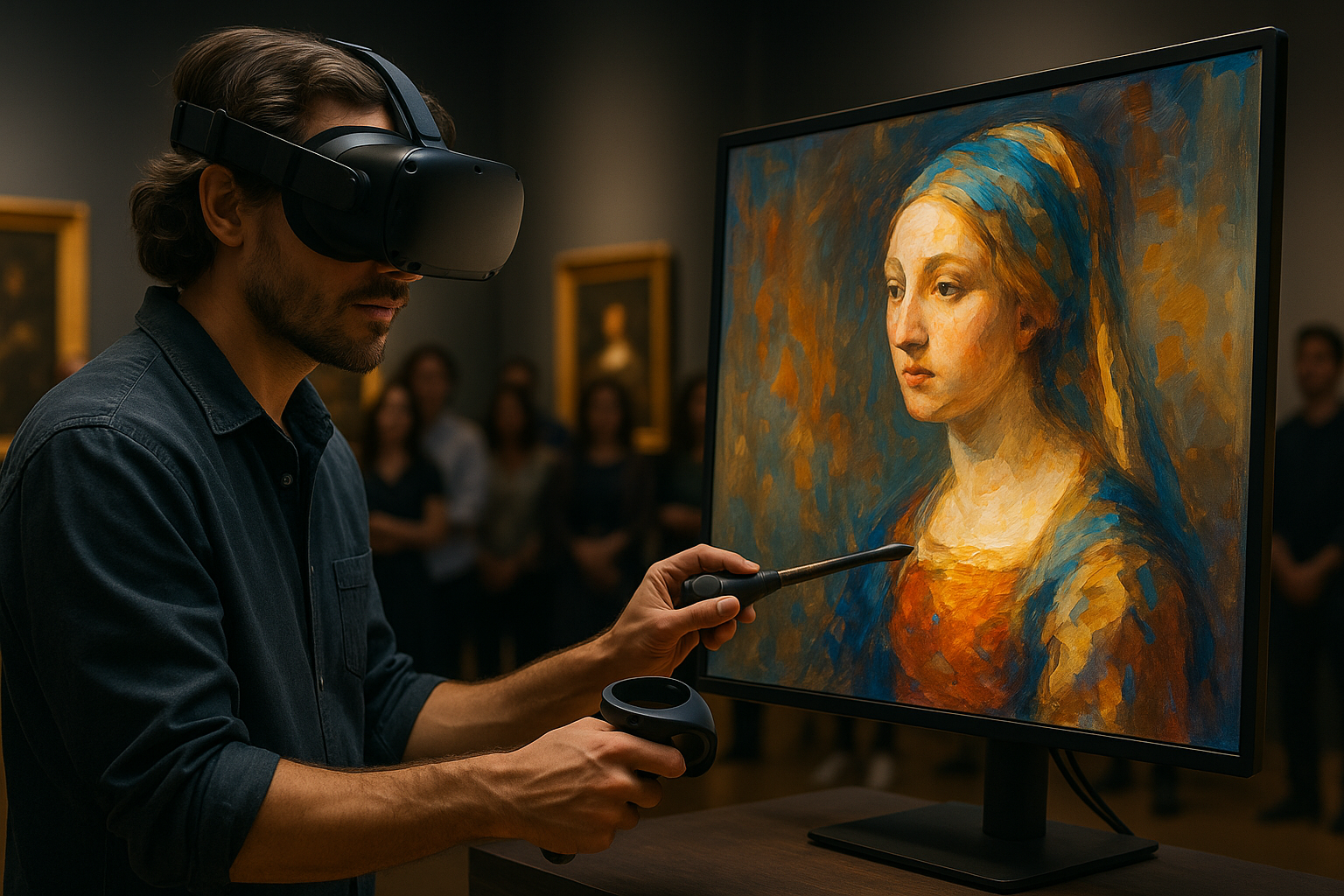Hybrid Event Formats: Lessons from Recent Seasons
Recent seasons have seen events blend in-person and online elements more consistently, changing how audiences engage with culture. This article summarizes practical lessons from music, theatre, film, galleries, and festivals to help practitioners refine curation, streaming, promotion, and collaboration strategies.

Across the past few seasons, cultural organisations and creative teams have refined hybrid approaches that mix live attendance with online access. Audiences now expect flexible ways to experience performance, music, film and gallery programming, and producers must balance artistic intent with technical realities. The shift has affected curation, licensing and promotion work, and it has highlighted new collaboration models between venues, technologists, and cultural producers.
How did streaming change audience reach and engagement?
Streaming helped many organisations expand reach beyond local audiences while also revealing new engagement patterns. Events that combined a live audience with a high-quality stream could measure watch times, geographic data, and interaction through chat or Q&A. However, converting one-time viewers into repeat supporters requires intentional follow-up—metadata tagging, newsletter segmentation, and curated encore content. Producers learned that technical reliability, accessible platform choices, and clear guidance for remote viewers matter as much as the artistic program when it comes to building sustained interest.
What did curators learn about gallery and exhibition formats?
Curators adapted exhibition strategies to make objects and narratives meaningful both in person and online. High-resolution imaging, virtual walkthroughs, and contextual video enabled audiences who could not visit to access works, but curatorial voice had to be translated into digital-first experiences—timed tours, curator-led livestreams, and layered interpretive content. The most successful hybrid exhibitions considered sightlines, pacing, and supplementary materials so that an online visitor could experience a coherent arc without relying solely on the physical layout.
How did performance, music, and theatre adapt staging and production?
Performers and production teams rethought staging to account for cameras and at-home viewers while preserving the live atmosphere. Staging choices—lighting, sound mixing, and camera blocking—affect both room acoustics and the streamed experience. Musicians and theatre companies experimented with smaller ensembles, staged intimacy, and spatial audio techniques to create compelling streamed performances. These adjustments required cross-disciplinary collaboration between directors, sound engineers, and streaming technicians to achieve consistent quality across platforms.
How did film and exhibition programming evolve for hybrid audiences?
Film programmers combined limited theatrical runs with timed online releases and virtual Q&As to maintain momentum across channels. Hybrid film events often layered premieres with filmmaker interviews and festival hubs to replicate some communal aspects of festivals in online spaces. Licensing considerations became pivotal: windowing strategies and rights clearances had to account for geographic restrictions and platform terms. Curators learned to plan distribution windows and communication clearly so audiences understood access windows and any regional limitations.
How did festivals handle promotion, licensing, and collaboration?
Festivals integrated promotion across social, email, and platform feeds to guide audiences between physical and digital schedules. Licensing conversations broadened to cover streaming rights, on-demand windows, and archival needs. Collaboration between festival organizers, distributors, and local venues helped secure flexible rights packages and shared promotional assets. Cross-promotion with local services, community partners, and media outlets supported visibility, while shared technology infrastructures—ticketing systems and streaming platforms—reduced friction for attendees navigating hybrid schedules.
What collaboration models improved cultural participation and curation?
New collaboration models paired cultural institutions with technologists, educators, and community groups to broaden relevance. Co-curation with community partners, shared programming blocks between galleries and theatres, and partnerships with regional broadcasters helped diversify audience pathways. Granting partners access to platform analytics and co-branded promotional materials incentivised joint outreach. These arrangements encouraged experimentation while spreading costs and expertise across stakeholders, making hybrid projects more sustainable and better tailored to different audience segments.
In summary, recent seasons show that hybrid formats are not a single template but a set of design choices that must align artistic goals, technical standards, rights management, and audience engagement strategies. Careful curation, reliable streaming, clear licensing, and collaborative promotion help maintain cultural value across channels. As organisations refine workflows, the emphasis is shifting toward integrated plans that consider both in-person experience and the expectations of remote audiences.





